Five Unspoken Rules Every Singaporean Driver Must Know
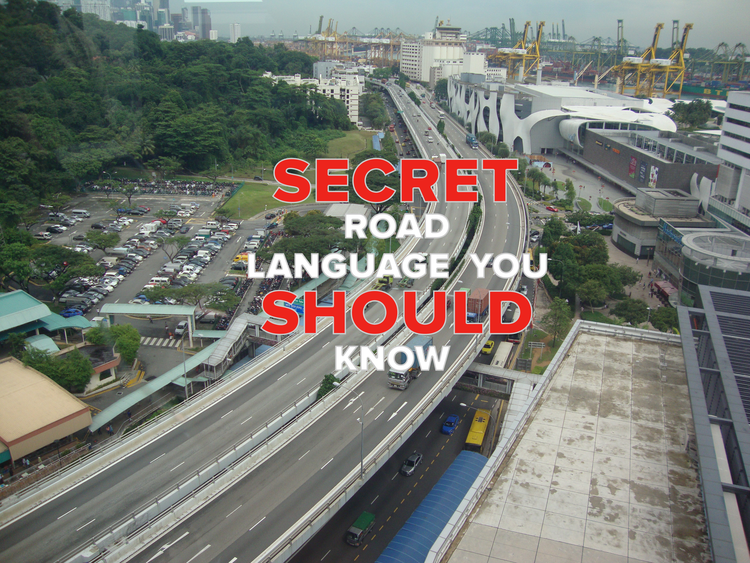 (Photo Credit: Wikimedia Commons)
(Photo Credit: Wikimedia Commons)
In Singapore, there are different types of drivers: the impatient queue-cutter, the road hogger, the bully, the go-by-the-book driver, and much more.
Although these drivers have different road personalities and drive different vehicles, they share the same Singapore roads, and a common road culture. This road culture is an "unspoken" language that all drivers, regardless of their behaviour and cars they drive, know. It's like a "Highway Bro Code" for drivers to make driving effortless and self-explanatory. We are proud to bring you the top five Highway Bro Codes that is vital for you to know, to avoid any fuss when you're on the road.
1. Tailgating On The Expressway
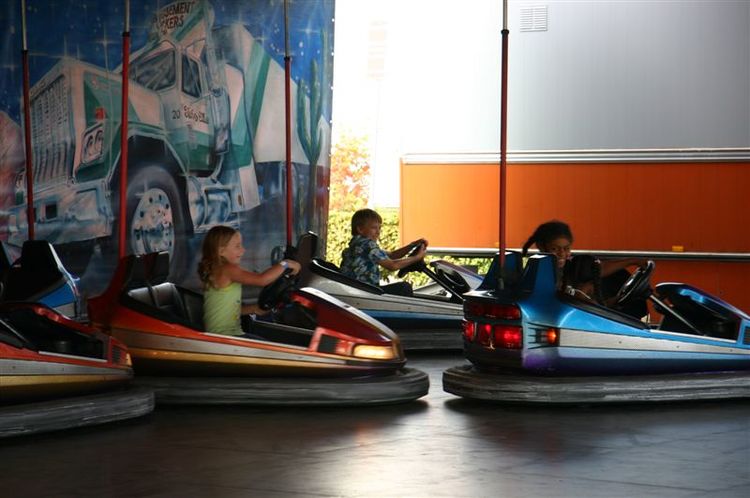 (Photo Credit: Wikimedia Commons)
(Photo Credit: Wikimedia Commons)
The Highway Code emphasised that the first lane is only for overtaking. But if you noticed, this isn't what is happening on our roads. In Singapore, the first lane is usually used by speedsters, who probably feel that the speed limit is too slow. Occasionally, even though the car may already be driving at the legal speed limit, you will see another car tailgating right behind it. Yes, bumper-to-bumper kind of close, at 90-100 km/h!
And according to the Highway Bro Code, the driver is hinting at you that you are hogging the road, and that you should give way. In our humble opinion, the best thing to do in this situation, is to signal left and give way. After all, who knows, the driver may have a genuine emergency that he/she may need to attend to! This will also avoid risking your safety unnecessarily by driving above the speed limit, and also any potential road rage from happening.
All in all, it is best to be aware of the vehicle's distance behind you. If you notice that the gap is getting too close for comfort while you're cruising to your destination, the safest way is to keep left for your own safety!
2. Long "Queue"? Get In Line!
 (Photo Credit: Wikimedia Commons)
(Photo Credit: Wikimedia Commons)
Remember those primary school days when you would queue up to form a single line to walk from classroom to classroom? Queueing up is a tradition that has been instilled in Singaporeans, no matter the situation–queueing up in foodcourts, queueing up in bus interchanges, queueing up at retail store counters, and the list goes on. Queues are inevitable in Singapore due to the population size. Believe it or not, the road is of no exception too. According to the Highway Bro Code, when you see a long line formed at junctions or certain lanes, as a driver, it is only fair that you "queue" behind other vehicles and wait for your turn at the junction, instead of driving to the front of the line in hopes that other drivers would be as understanding as to give way to you to "cut the queue", although there's no harm at all to be considerate.
It's not a good habit for someone to drive all the way to the front of the queue to cut in ahead of those are already lining up orderly. Imagine if you've been waiting for what seems like forever for your turn to enter a full multi-storey carpark at a shopping centre, and a vehicle cuts in front of you, causing you to wait for another eternity for the gantry to open up for you. As the saying goes, do unto others what you want others to do to you. As much as you want to minimise the time spent waiting in your car, cutting the queue is not a move you'd want to take as it is absolutely unfair for those who have waited patiently in line for their turns.
Be understanding towards other road users at all times, and wait for your turn in an orderly manner. This would mean a safer road environment for all by drivers inculcating a healthier road culture. The road is a common space that every road user should feel belonged when on it. Waiting in line is one of the many ways to keep the roads a sound environment for all.
3. Gesture As A Form of Appreciation
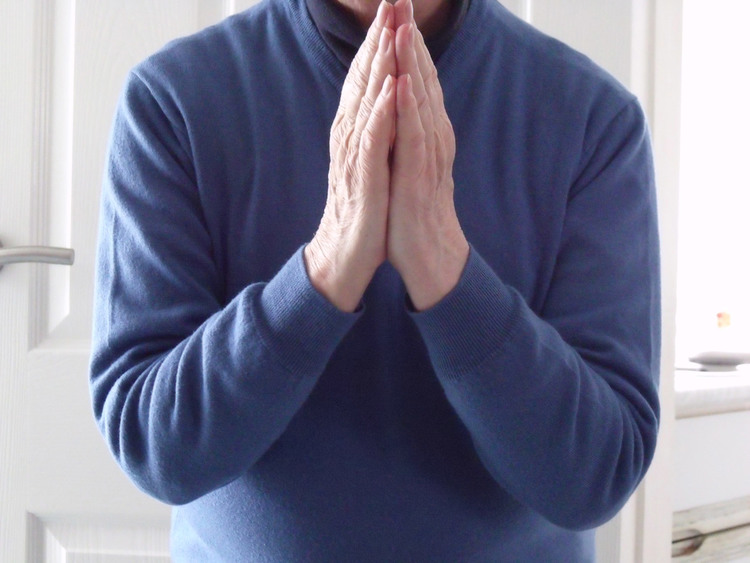 (Photo Credit: Public Domain Pictures)
(Photo Credit: Public Domain Pictures)
Simple gestures on the road can create beautiful smiles on other drivers' faces, especially by giving way to other road users. It is only polite and courteous to thank them, but how do you do it and at the same time ensure that they know you're thanking them? According to the Highway Bro Code, there are many ways to thank other drivers without getting out of your car. Some can be in the form of hand gestures and others are in the form of light signals.
A standard way to thank other motorists is by putting your hand out the window and raising it up. This, we all know. However in Japan, drivers switch on the hazard light and switch it back off after 3 seconds as a form of thanks. This could be another way to display your gratitude. It allows the motorist that gave way to you to know that you thanked him for his kind and unselfish act.
It is never a disadvantage for drivers to be kind to one another. By performing these simple gestures, it creates a more pleasant journey for all road users. After all, if you're a driver, you would want to travel smoothly, don't you?
4. The Different Types Of Honks
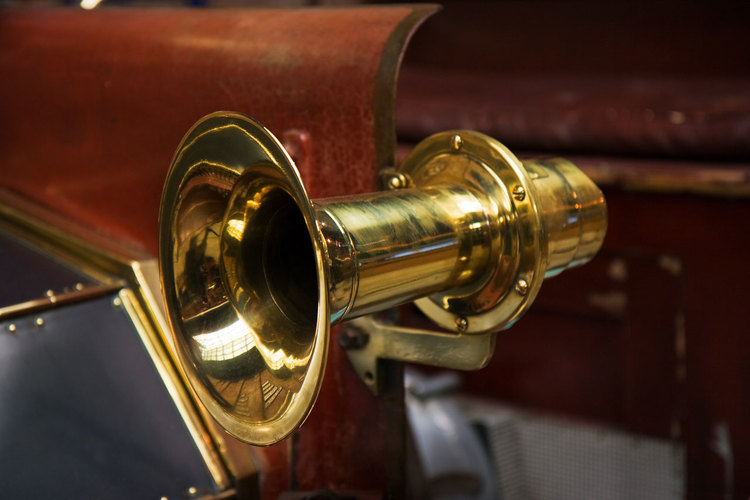 (Photo Credit: Public Domain Pictures)
(Photo Credit: Public Domain Pictures)
When you hear a honk that you know is directed to you, it may not always be a negative gesture. Instead, drivers use these honks for many agendas. There are many different ways of honking, and according to the Highway Bro Code, each way has its own purpose. The most popular ones are the one-time short and sharp honking, two-time short and sharp honking, and also the rhythmic honking.
The one-time short and sharp honk is a hint for other motorists to be alert. It is commonly used when a driver does not realise a change in traffic light. For instance, not realising when the red light has turned green, holding up other drivers at the back. The two-time short and sharp honk means the other motorist is trying to communicate with you, like attracting your attention if you do not turn on your headlights at night. The rhythmic honk is usually used for thanking someone. You can play any rhythm and other motorist will know for sure that you are thanking them.
It is advisable for motorists to understand the different purposes of various types of honks so as to use it adequately and avoid any unnecessary feud on the roads.
5. Headlight Flashing
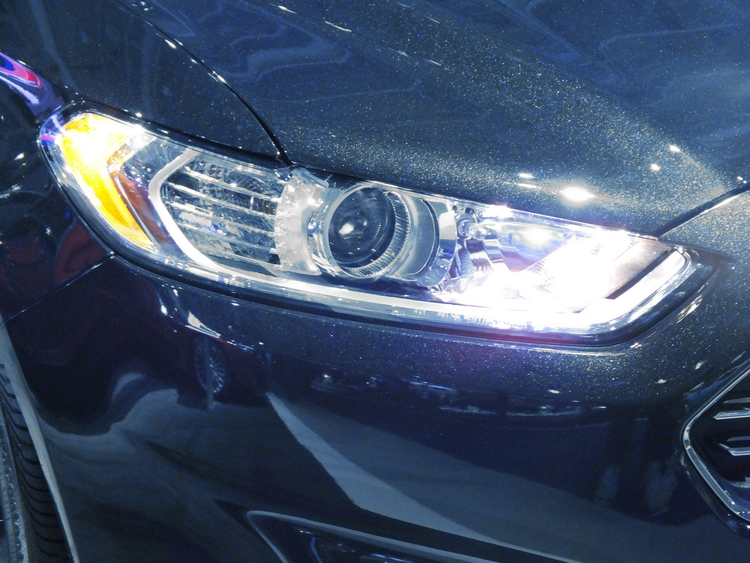 (Photo Credit: Wikimedia Commons)
(Photo Credit: Wikimedia Commons)
As mentioned earlier in the first point about driving on the first lane, another way to know that someone is hinting you to move out of the way, is when they flash their headlights at you several times. This Highway Bro Code means that they want you out of the way and it is advisable for you to change lane before any road rage is triggered.
Another code for flashing the headlight is also to warn oncoming vehicles that you are approaching. For example, if you are approaching a sharp turn and unable to see the blind spot, flashing the headlight several times would allow other motorists on the other side of the bend to know you're coming and give ample time for them to give way.
On the other hand, you can also tell if someone is somewhat irritated or annoyed when they "high beam" at you. High-beaming is one "level" lower than honking. Drivers tend to high beam when the situation is not so serious or they are not really agitated, which is not as bad as compared to honking. You'll know you've crossed the line when someone honks at you, or when the situation is too close to a disaster.
Nonetheless, every driver should know this tip on how to use your headlights adequately. Headlights and high beams can be a hazard for drivers, but by knowing this Highway Bro Code, you'd be able to know what other drivers are hinting.
Summary
In a nutshell, this article can be a guide for all drivers, especially new ones, to understand the common gestures used by experienced road commuters everyday.
By far as possible, even without road rage, it is advisable to not hog the roads as it may seem that you are selfish. Keep to your left if you're planning to take your time and cruise. Being courteous is also not a wrong thing to do. Thanking or giving way to someone might just make the roads a happy and safe environment. Honking can be an important component of the car to avoid any accidents. But please bear in mind that honking unnecessarily can get you fined as it is deemed to be disobeying the law. And last but not least, it is not advisable to even play with your headlights especially if you're engaging it in high beam as it can affect the visibility of other drivers and may lead to accidents.
Thus, every motorist plays an important role in making the roads a safe environment for everyone. Hatred and ego brings no positivism, and it won't solve any problems. If you face with any road rages, report it to the authorities and let them handle it. Attempting to solve the problem alone is not encouraged.
At Motorist.sg, we strongly encourage drivers to stay safe and focused on the road because reaching your destination safely is better even though it may take more of your time.
Claim your free car valuation today!
Read more: 15 Unspoken Etiquette Rules That Every Driver Should Know
Download the new Motorist app now. Designed by drivers for drivers, this all-in-one app lets you receive the latest traffic updates, gives you access to live traffic cameras, and helps you manage LTA and vehicle matters.
